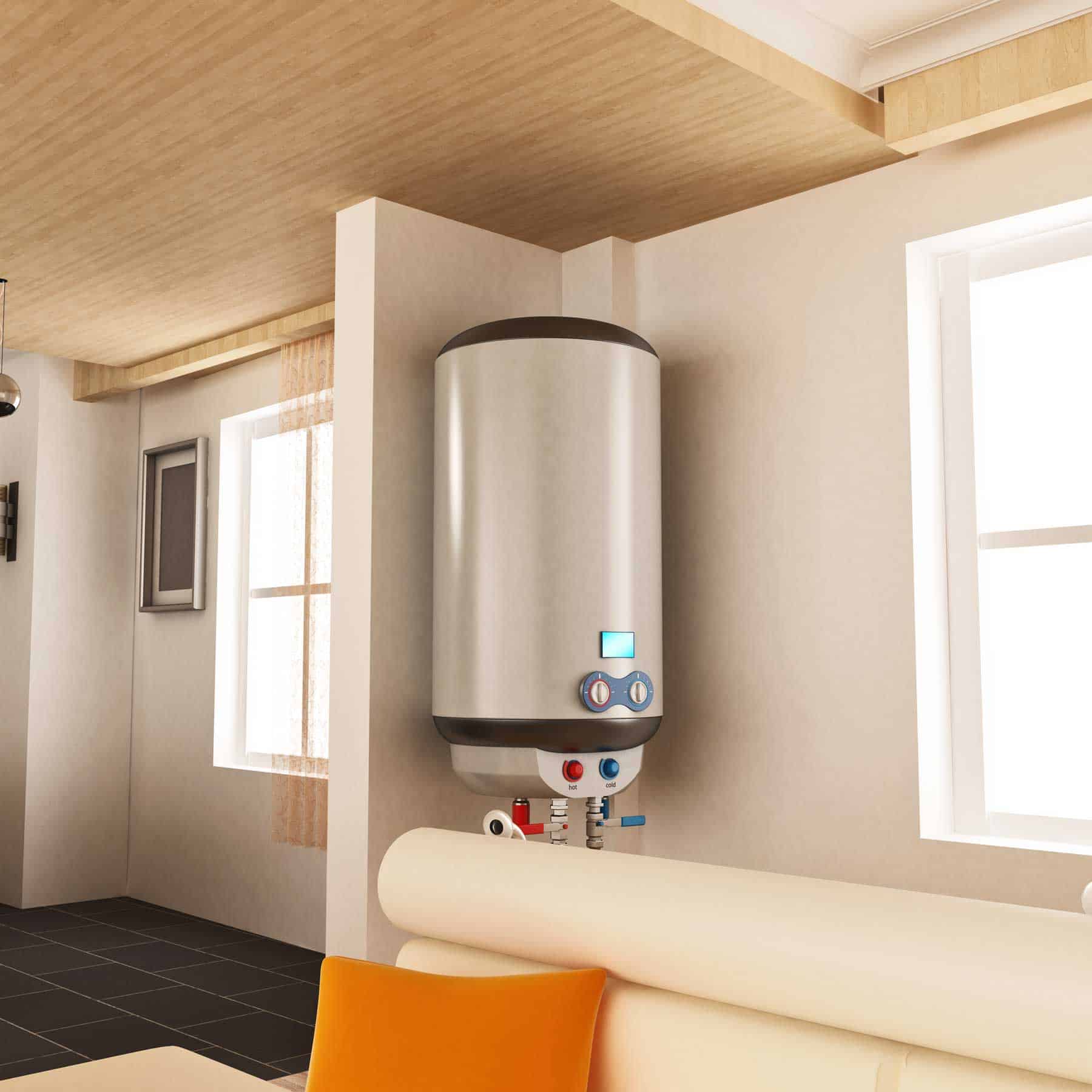We have found this article relating to Water Heater Maintenance Tips You Can't Afford to Forget below on the web and felt it made perfect sense to quickly share it with you on this page.

Hot water is necessary for day-to-day comfort, whether it's for a refreshing shower or cleaning dishes. To guarantee your warm water system runs efficiently and lasts much longer, regular upkeep is vital. This short article gives practical pointers and insights on exactly how to keep your home's warm water system to stay clear of disruptions and costly repair work.
Intro
Keeping your home's hot water system could appear complicated, yet with a couple of basic steps, you can guarantee it runs smoothly for several years to find. This guide covers every little thing from understanding your hot water system to do it yourself maintenance pointers and recognizing when to contact professional assistance.
Significance of Keeping Your Hot Water System
Regular upkeep not only expands the life-span of your warm water system yet additionally guarantees it runs successfully. Disregarding maintenance can result in decreased efficiency, greater power costs, and also early failing of the system.
Indicators Your Warm Water System Needs Maintenance
Knowing when your hot water system requires focus can stop major concerns. Look out for signs such as irregular water temperature, unusual noises from the heating system, or corroded water.
Flushing the Hot Water Heater
Flushing your hot water heater removes debris accumulation, improving performance and extending its life.
Checking and Replacing Anode Rods
Anode rods avoid rust inside the tank. Examining and changing them when worn is crucial.
Complex Concerns Calling For Professional Assistance
Instances consist of major leaks, electric troubles, or if your hot water heater is continually underperforming.
Regular Professional Maintenance Advantages
Specialist upkeep can consist of complete examinations, tune-ups, and guaranteeing conformity with safety and security standards.
Checking and Changing Temperature Level Setups
Readjusting the temperature level settings makes sure ideal performance and security.
DIY Tips for Maintenance
You can execute numerous maintenance tasks on your own to keep your hot water system in leading condition.
Checking for Leakages
Routinely check pipes and links for leakages, as these can result in water damages and higher costs.
Understanding Your Warm Water System
Prior to diving into upkeep tasks, it's practical to comprehend the standard parts of your warm water system. Normally, this consists of the water heater itself, pipes, anode poles, and temperature level controls.
Month-to-month Upkeep Tasks
Normal month-to-month checks can assist catch small issues prior to they escalate.
Examining Pressure Alleviation Valves
Checking the pressure relief valve guarantees it functions appropriately and avoids extreme pressure build-up.
Insulating Pipes
Insulating warm water pipes reduces warmth loss and can save energy.
When to Call a Specialist
While DIY upkeep is helpful, some problems require specialist competence.
Conclusion
Routine upkeep of your home's hot water system is essential for efficiency, long life, and cost financial savings. By complying with these suggestions and knowing when to look for professional assistance, you can ensure a trusted supply of hot water without unexpected interruptions.
How to Maintain an Instant Hot Water Heater
Before tinkering with your hot water heater, make sure that it’s not powered on. You also have to turn off the main circuit breaker and shut off the main gas line to prevent accidents. Also turn off the water valves connected to your unit to prevent water from flowing into and out of the appliance. 2. When you’re done, you have to detach the purge valves’ caps. These look like the letter “T” and are situated on either side of the water valves. Doing so will release any pressure that has accumulated inside the valves while at the same time avoid hot water from shooting out and burning your skin. 3. When the purge valves’ caps are removed, you have to connect your hosing lines to the valves. Your unit should have come with three hoses but if it didn’t, you can purchase these things from any hardware or home repair shops. You can also get them from retail stores that sell water heating systems. Read the user’s manual and follow it to complete this task properly. When the hosing lines are connected, open the purge port’s valves. 4. You should never use harsh chemical cleaners or solutions when cleaning your unit. Make use of white vinegar instead. It should be undiluted and you’ll probably use about 2 gallons. 5. Now flush your water heater. This task should probably take about 40 minutes. We can’t give you specific directions for this because the procedure is carried out depending on the type, model and brand of your heater. With that being said, refer to the user’s manual. 6. When you’re done draining the unit, you have to turn off the purge port valves again. Remove the hosing lines that you earlier installed on each of the water valves. Put the valve caps (purge port) back in their respective places and be very careful so as not to damage the rubber discs that are found inside these caps. 7. Now that everything’s back in place, check your user’s manual again to find out how to reactivate your water heating system. 8. Once it is working, turn one of your hot water faucets on just to let air pass through the heater’s water supply pipes. Leave the tap on until water flows smoothly out of it. https://www.orrplumbing.com/blog/2014/september/how-to-maintain-an-instant-hot-water-heater/

Do you really like reading up on How to Maintain a Hot Water Heater in a Few Simple Steps? Try to leave a remark further down. We would be delighted to know your responses about this blog entry. We are looking forward that you come back again before long. You should take the opportunity to share this entry if you enjoyed it. I take joy in your readership.
Call Today